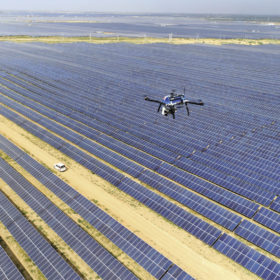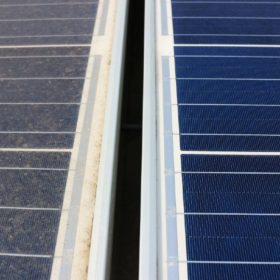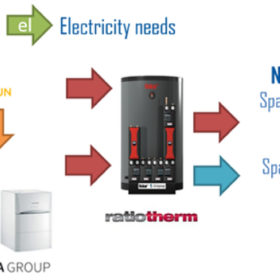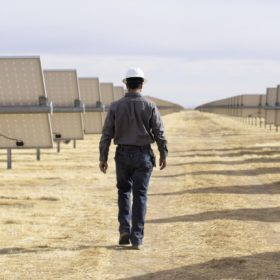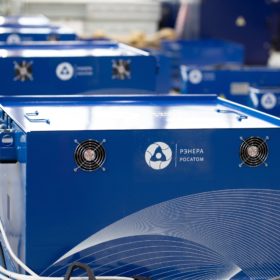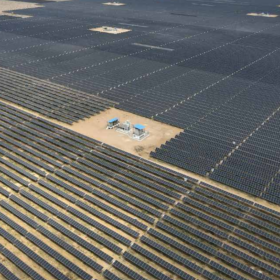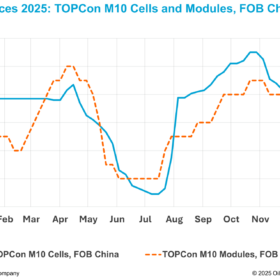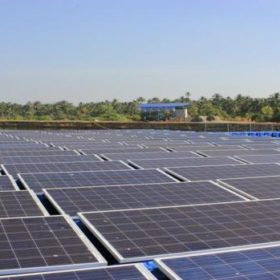The long read: Getting smart about solar
As solar PV increases its share in the world’s energy mix, it is becoming increasingly clear how valuable the data gathered from renewable energy generators is in informing important decisions about operation, maintenance and grid integration. Yazeed Al Mousa examines the latest applications for artificial intelligence in PV project development and operation.
India will require over US$ 10 trillion to achieve net-zero by 2070
Out of this, investments totaling US$ 8.4 trillion would be needed by the power sector alone to significantly scale up generation from renewable energy and associated integration, distribution and transmission infrastructure. Another US$ 1.5 trillion would have to be invested in the industrial sector for setting up green hydrogen production capacity to advance the sector’s decarbonization. Investment needed for the mobility infrastructure would be US$ 198 billion.
Indian Oil floats global tender for green hydrogen generation units
The State-owned oil and gas major has invited bids to set up green hydrogen generation units at its Mathura and Panipat refineries with per-annum capacities of 5,000 MT and 2,000 MT, respectively. The plants are to be installed on a build-own-operate basis. Bidding is open until December 8.
Fire risks for rooftop solar
A recent study by Clean Energy Associates showed that 90% of inspected rooftops had significant safety and fire risks. Here’s how to protect your solar asset.
Hydrophobic anti-soiling coating for solar modules
A U.K. research group is developing an anti-soiling solution produced via a chemical process compatible with glass manufacturing. The Engineering and Physical Sciences Research Council is providing $1.6 million of funding for the project.
Hydropower producer SJVN to form solar and storage arm
The company’s board of directors have approved the formation of a wholly-owned subsidiary for solar PV, wind and hybrid power generation (including battery energy storage systems), green hydrogen, and other renewable energy ventures.
European consortium develops ways to couple heat pumps with solar panels
The Sun Horizon consortium has started to collect performance data on two pilot projects that combine heat pumps with solar systems using hybrid panels on homes in Riga, Latvia. The solution features a heat pump for space heating and domestic hot water and PVT panels to produce power for heating and domestic appliances, with excess power fed to the grid.
The long read: Nothing simple about solar O&M
New investors and technological complexity demand new approaches to O&M service provision, argues NovaSource’s Timo Moeller. With larger PV fleets and the ability to process the operational data of generation, pure-play O&M may continue to deliver on solar’s cost learning curve.
Energy efficiency a good substitute for long-term storage, says NREL
A 60% reduction in building energy use will be key to achieving a low-cost, 100% renewable energy grid, according to a new study by the U.S. National Renewable Energy Laboratory.
Modison Metals to expand into battery storage, EV charging in partnership with Russian firms
The electrical contacts manufacturer will join hands with battery storage firm RENERA and EV charger manufacturer L-Charge for its business expansion into these segments.
